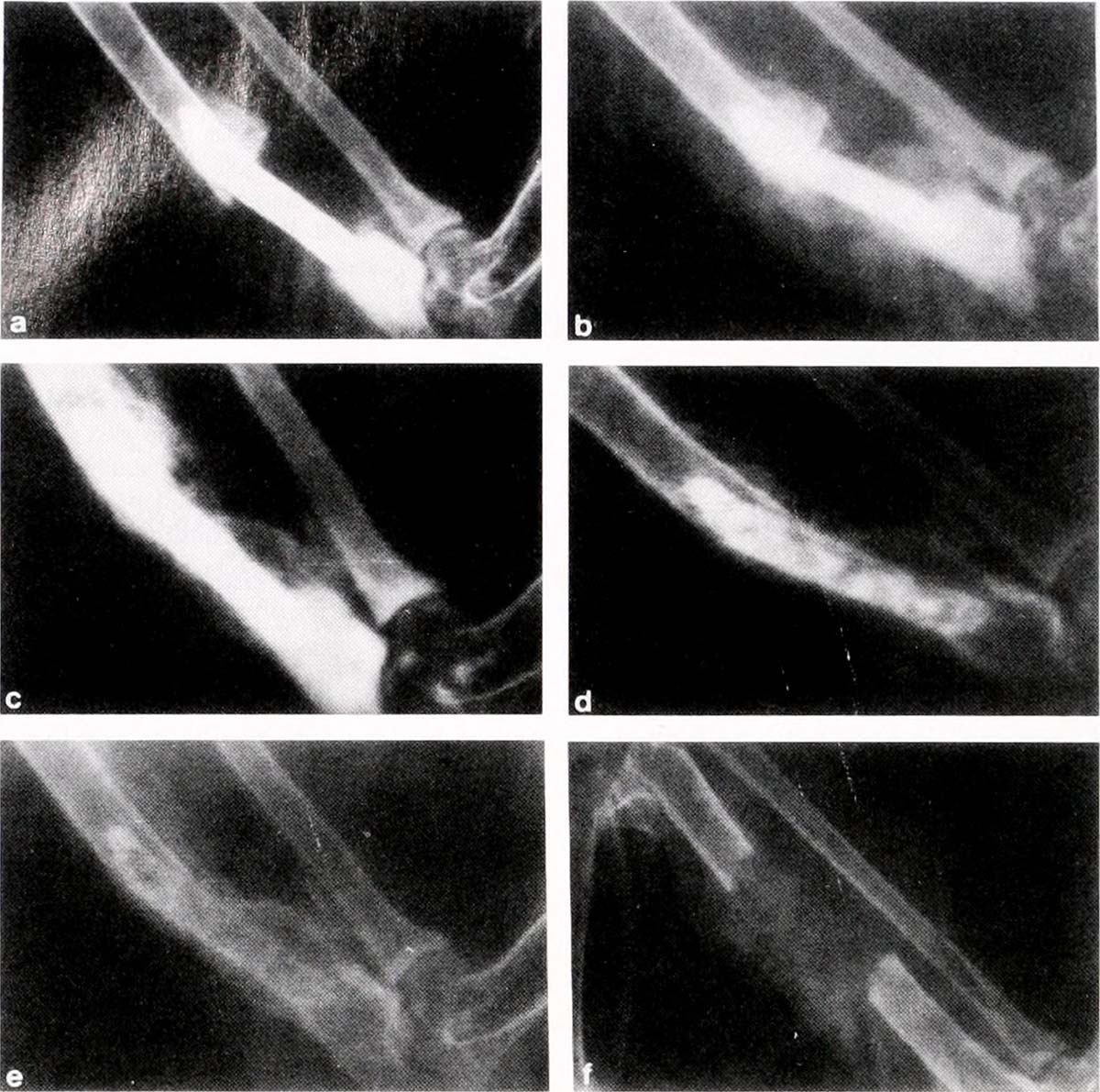
Brittle Bone Disease
Brittle bone disease, also known as osteogenesis imperfecta, is a genetic disorder. The bones are brittle and susceptible to fracture. People who are suffering from osteogenesis imperfecta are born with abnormal collagen or insufficient amount of collagen. In specific form of the disease collagen can be both abnormal and insufficient. In these people the disease develops during the first year of their lives and the symptoms are rather severe. The disease can be classified into 8 categories and each of them features with specific symptoms of the disease.
Symptoms of Brittle Bone Disease
In type I of brittle bone disease the mutation affect the genes COL1A1 and COL1A2. The symptoms include increased susceptibility to fracture, abnormal curving of the spine, loose joints and decreased muscular tonicity. Additionally, the color of their sclerae is blue. Patients who are suffering from type I osteogenesis imperfecta may also suffer from hearing loss.
In type II of osteogenesis imperfecta, it features with insufficient amount of collagen. Collagen is also abnormal and this is why majority of patients with type II osteogenesis imperfecta die within the first year of their lives. The leading cause of the lethal outcome is respiratory failure. They may also die due to intracerebral hemorrhage. And finally, the bones in these patients are significantly deformed.
In type III of osteogenesis imperfecta there is enough of collagen. Unfortunately, its quality is no good. The bones are either seriously deformed or can break rather easily. The patients additionally suffer from problems with breathing, loose joints and weakness of muscles. Similarly to type I patients with type II of osteogenesis imperfecta have blue discoloration of sclerae. These people have a short stature, and may eventually suffer from loss of hearing. And finally, their rib cage resembles a barrel.
Type IV of the disease looks like type III. Luckily in type IV the bone deformities are not so intensive.
In type V of osteogenesis imperfecta bones are 'mesh-like' and there are calcifications between particular joints. Calcifications interfere in normal movement of the affected joints. These patients are also prone to fractures and at the very spot of fracture a hyperplasic callus is formed. This type of disease is not hereditary.
In type VI of the disease the bones resemble fish scales. All the other symptoms basically look like those in type IV of the disease.
In type VII the bones are moderately fragile. This type was discovered in 2005.
And finally, the basic characteristic of type VIII is slow growth of the bones. The problem with type VIII is that affected child may suffer from bone deformities or even a fracture even before he/she was born.



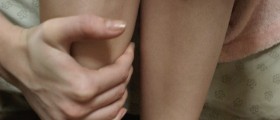

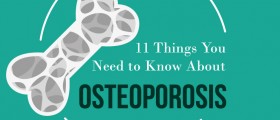
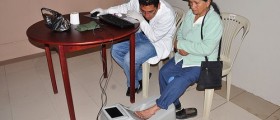
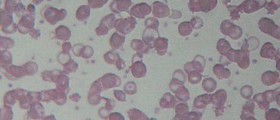

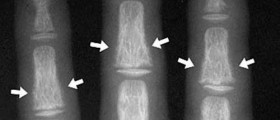



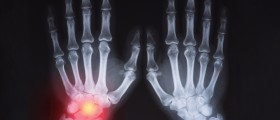

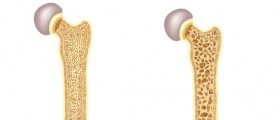

Your thoughts on this
Loading...